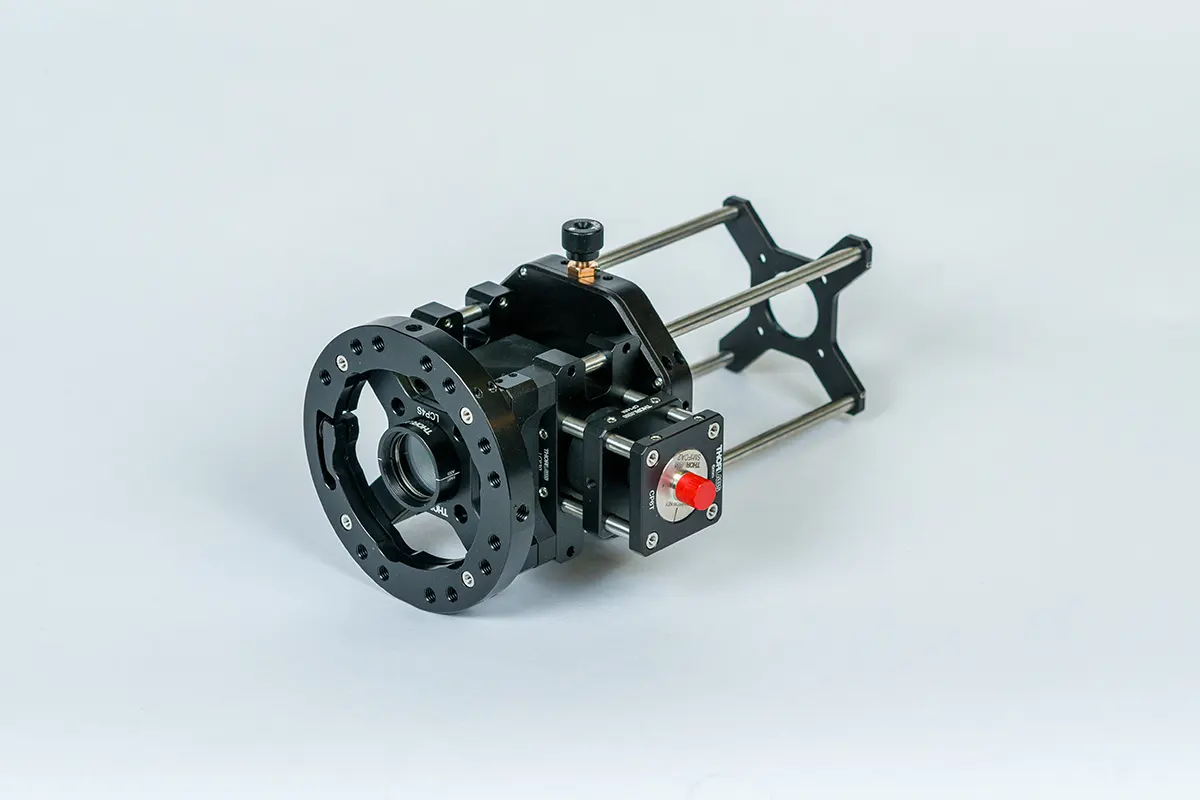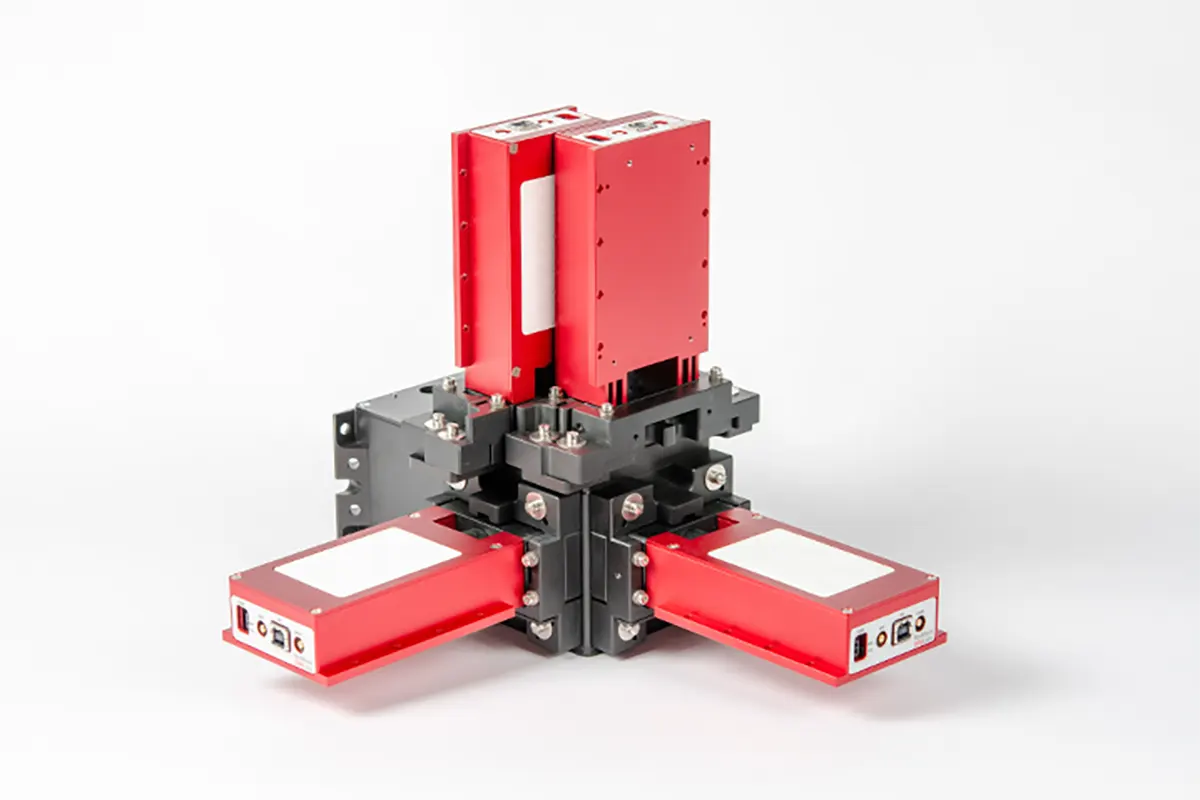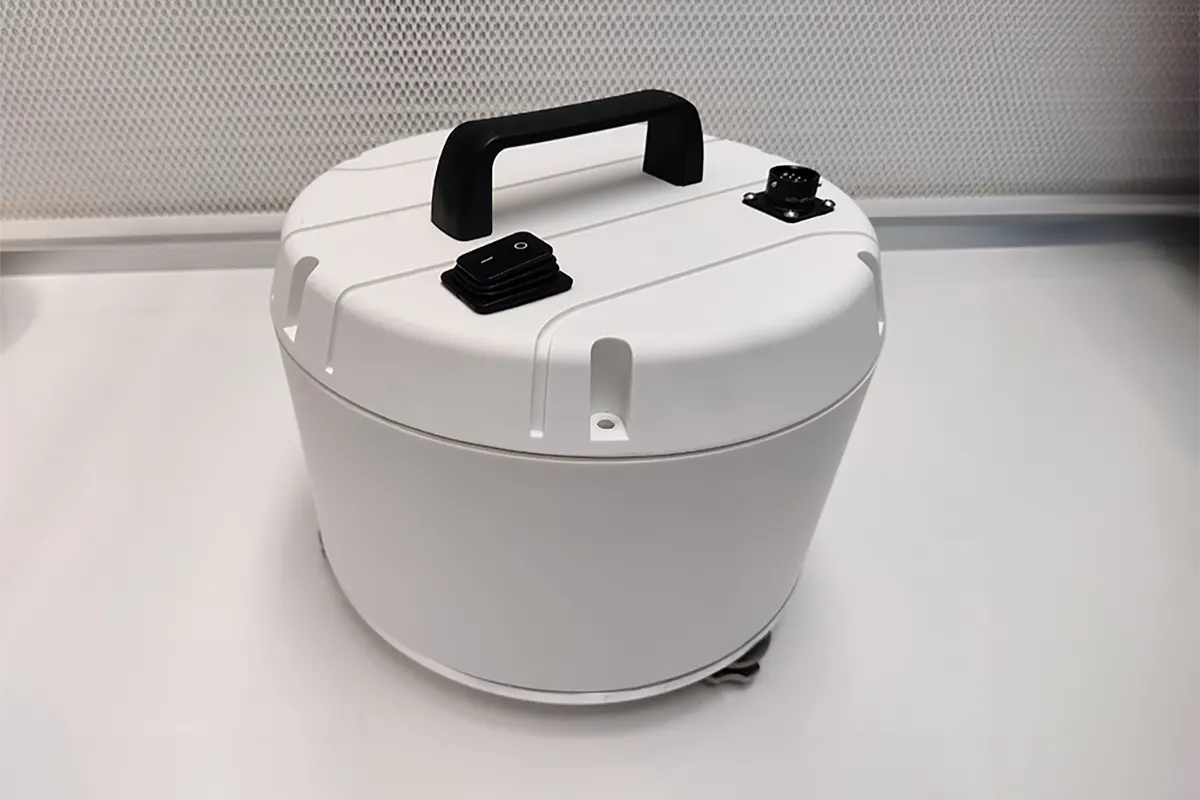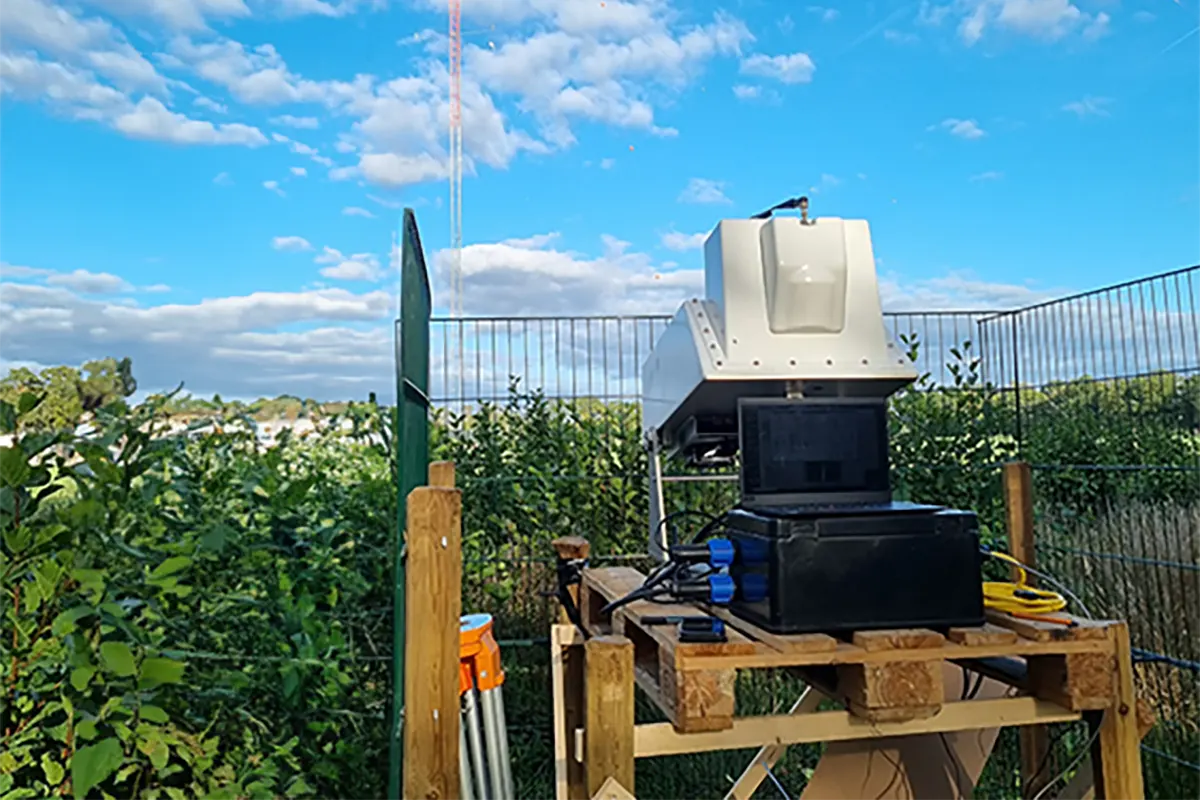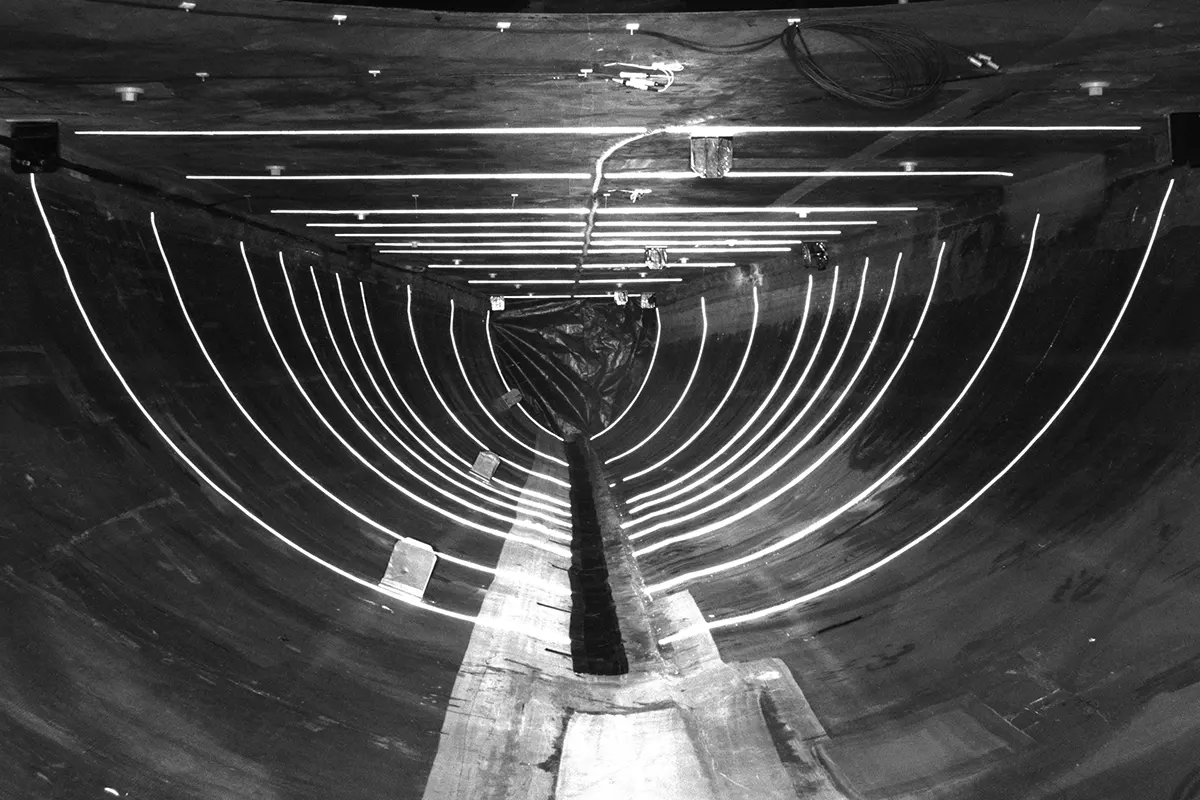Photonics and Quantum Technologies
The word Quantum is regularly used in today’s world. It’s expanded beyond its original meaning in physics to encompass a broader range of concepts and applications, such as Quantum Computing, Quantum Cryptography, Quantum Sensors, Quantum Key Distribution (QKD), and Quantum Materials.
Quantum has become synonymous with cutting-edge technology and innovations that drive advancements in various fields and shape the future of our society. More recently, it’s been popularised in movies such as Ant-Man and the Wasp: Quantumania. The film depicts a sub-atomic world; the reality is very different but no less mysterious. Below are some examples of our work in quantum technology.
What is Quantum and Quantum Technology?
Quantum is a field of physics that refers to the smallest possible unit of measurement of an event. Quantum technology is a field within physics and engineering which groups technologies that utilise the properties of quantum mechanics. Quantum mechanics is the study of matter and its interaction with energy at an atomic and subatomic level.
Think of this as observing and describing the discrete packets of energy that particles (photons, electrons, and other subatomic particles) can absorb or emit while undergoing changes in energy states.
What is Quantum Mechanics
The father of quantum mechanics was German theoretical physicist Max Planck. His work on blackbody radiation at the turn of the 20th century postulated that electromagnetic energy could be emitted only in quantised form. The “quanta” gave birth to the field of quantum mechanics which has tormented, frustrated, and baffled undergraduate (and postgraduate) physics students ever since.
Quantum mechanics has been fundamental in the understanding and development of the transistor, semiconductor devices and laser systems, to name a few. This field has underpinned technologies which are fundamental to our daily lives. These technologies were dubbed as Quantum 1.0.
Today, we are entering the second revolution in quantum technologies (creatively known as Quantum 2.0) which looks to develop devices that actively create, manipulate, and read out quantum states of matter using the effects of superposition and entanglement.
Superposition and Entanglement in Quantum Computing
Superposition is the ability of a quantum system to be in multiple states simultaneously until it is measured. The most famous thought experiment was Schrodinger’s cat, which existed in both a dead and alive state in a box until the box was opened and you could observe the answer.
Entanglement occurs when twin particles, such as photons, exchange quantum information between each other even when separated by enormous distances.
Manipulation of these effects has led to the advent of quantum computing, quantum communication, advanced sensing, and imaging, with the United Kingdom at the forefront of this field. The UK government has committed £2.5 Billion over the next 10 years to ensure we are world leaders in Quantum Technologies.
Quantum Use in Product Development
The applications of quantum devices are wide-ranging. Quantum computers, for example, will be used for advanced drug synthesis and weather & climate change modelling. Quantum sensors, such as magnetometers and gravitometers, will detect small changes in magnetic fields or gravity. This will allow underground utilities to be detected before excavation or carbon capture and storage. Quantum cryptography will allow more secure communications for banking transactions and government communications. Compact, deployable atomic clocks will improve radar sensitivity for drone detection, time stamp banking and trading transactions with greater accuracy and provide resilience for GNSS.
How Wideblue is Turning Quantum Technology into Commercially Viable Products
At Wideblue, we are working with both commercial and university partners to further advance the field and translate technologies from low technology readiness level (TRL) to systems that can be deployed in the field and in real-world environments. We are getting the “quantum cat” out of the box, into the lab, and in the field.
Below are some of the Quantum Technology projects Wideblue are involved with:
- Quantum-enabled cloud is an Innovate UK project, of which Wideblue is part of a consortium led by Arqit. The project aims to provide secure quantum cryptography key exchange by passing the key optically via satellite. Wideblue is developing the optical ground station to receive the quantum key and developing a system for reading the key.
- Wideblue is leading an Innovate UK-funded project, Grating-based lattice optical clock (G-BLOC), with partners from the University of Strathclyde, University of Birmingham, and M squared Lasers. The consortium is developing a miniaturised optical beam combiner and vacuum chamber to provide a route to miniaturised and ruggedised atomic clocks.
Wideblue is fascinated by the advances in Quantum Technology. We have built up a skills base and capability to accelerate these technologies up the TRL ladder. Contact our team to get your technology out of the lab and into real world environments!
Our Customer Feedback
"Wideblue’s deep expertise in optoelectronics, working under ISO 13485 quality system, and the link to Pivot’s supply chain manufacturing have been pivotal in bringing our revolutionary N-Tidal and AI diagnostic technology system to the market.”
— Dr. Julian Carter, Director of Engineering at TidalSense
“I was impressed with the performance and reliability of the prototype in demanding trial conditions, especially as the two halves of the team were never able to meet up in person during the entire development and build process.”
— Dr. Michael Harris, ZX Lidar
“Wideblue demonstrates strong technical skills, incl. mechanics, electronics & optics, an open communication style, a large flexibility, a low overhead and a can-do mentality.”
— Tom Claes, Antelope DV
“Reviews, held weekly, ensured good communication and clarity about options and progress. The quality and presentation of these by Wideblue was very good.”
— Tim Lukins, Machines with Vision
“The contribution made to the LUSS project was outstanding. The work was completed on time, to budget and to an exceptionally high standard.”
